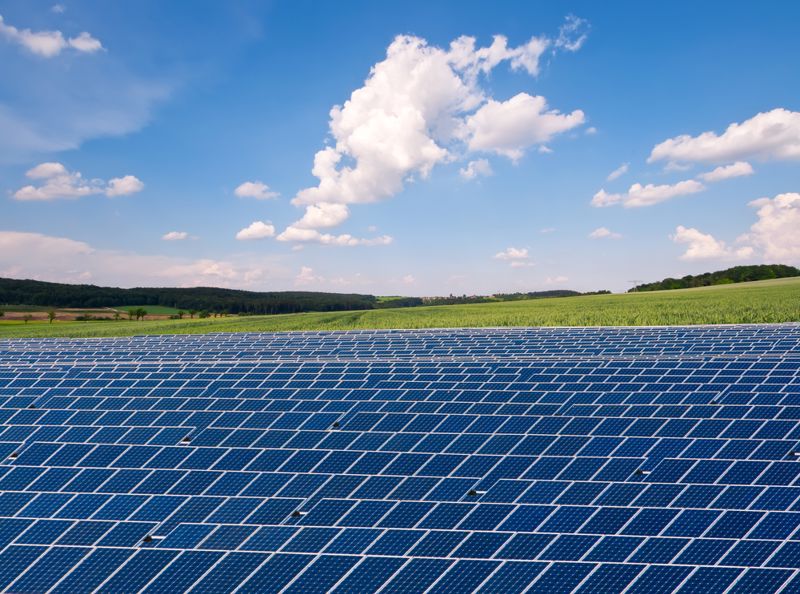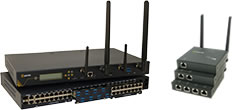
Optimizing the solar industry with IoT solutions
By Max BurkhalterDecember 12, 2021
Amid growing environmental concerns, the renewable energy industry has surged to take up 21% of U.S. electricity generation, and this number is only expected to increase. The U.S. Energy Information Administration projects renewable energy to account for 42% of electricity production by 2050. By 2040, it anticipates solar power to surpass wind generation as the largest source of renewable energy.
With solar power expected to become the predominant source of renewable energy, solar electric companies must find new ways to scale operations, manage assets and stay ahead of the competition. The Internet of Things (IoT) provides renewable energy companies the tools they need to maximize ROI and launch their business into the future. Integrating IoT solutions can help optimize solar farm performance, reduce costs and maintain productivity while preserving a competitive advantage in their field.
What are IoT-based solar projects?
According to Forbes, the number of installed U.S. solar projects is expected to more than double by 2025. As these energy farms scale to meet the growing demand, manually managing assets will become inefficient and obsolete. That's where IoT technology comes in. An IoT-based solar project utilizes IoT-enabled sensors and devices to manage data, monitor equipment and refine energy collection and distribution.

Optimizing solar farms with IoT
Managing a utility-scale solar farm is a massive operation requiring continuous environmental and equipment monitoring to avoid unstable power outputs. Modern IoT technologies have revolutionized these processes using remote monitoring and innovative connectivity. These tools have enabled operators to swiftly respond to any issues that arise and make data-driven decisions on power production, maintenance and energy storage and distribution. Here are three applications of IoT technology that are optimizing solar operations today.
1. Improving asset management
Sensor data can be used to track and detect both internal and external factors affecting the plant and its devices. Updates and forecasts of things like solar radiation, temperature, weather patterns and energy outputs will help drive decisions on maintenance and production. Integrating IoT with individual panels and other devices will also allow operators to monitor the health and performance of instruments in real-time.
2. Enhancing operational intelligence
The granular visibility of remote monitoring systems allows technicians to easily locate and troubleshoot error sources, and the automated data collection reduces the need for in-field examinations. These sensors also provide vital insights on the condition and performance of equipment, enabling preventative maintenance that reduces repair and replacement costs. Data analytics can then be used to create effective maintenance schedules that reduce the risk of random failures while improving workforce efficiency and energy production.
3. Projecting energy production
Improving grid stability is key to the success of solar farm operations, which is why energy projections are so critical. The increased connectivity and real-time updates of IoT sensors provide plant operators with the data they need to refine production forecasts. By leveraging analytics and predictive models, managers can anticipate how much energy their farms will produce on a given day and help them determine adjustments based on the supply-demand balance in the grid.
There is limitless potential for IoT applications in the renewable energy field, and with the rise of solar power systems, these innovative technologies will soon be reshaping the daily operations of the energy sector. To learn more about how Perle can help support your IoT and solar infrastructure, read our customer success stories.



